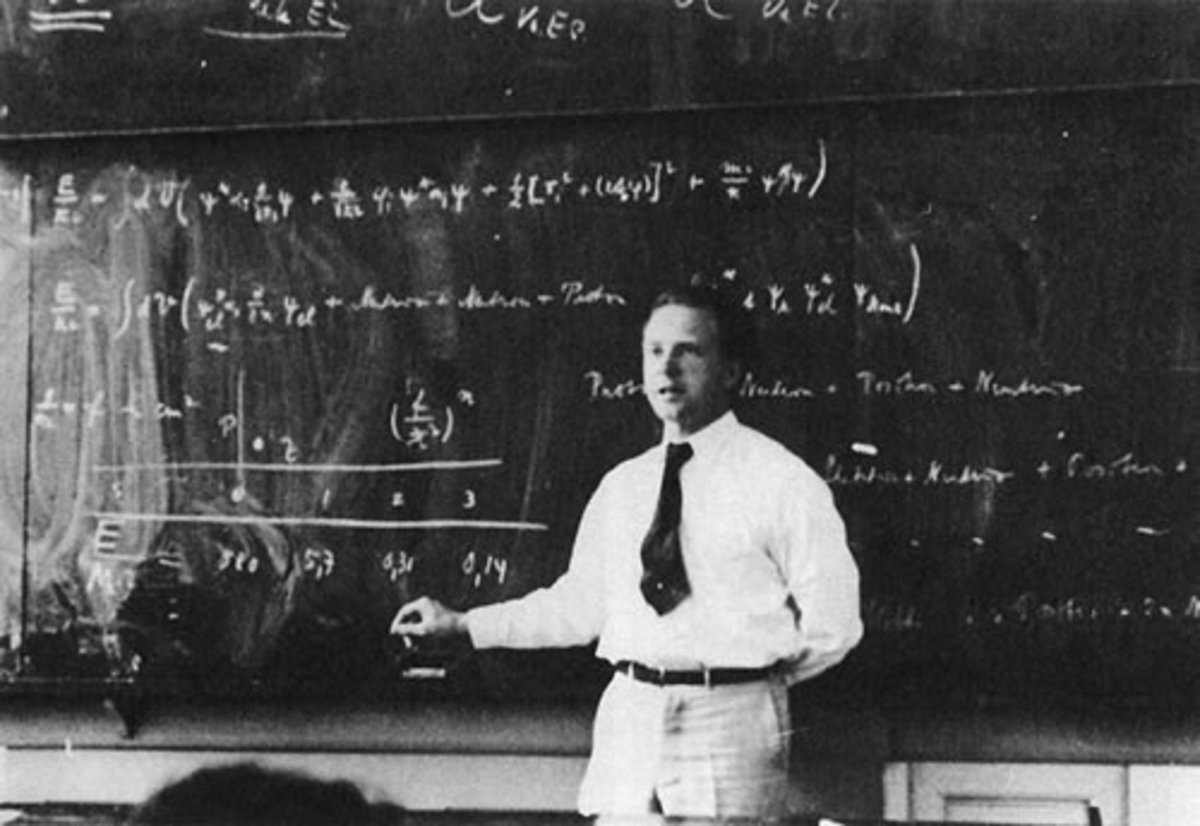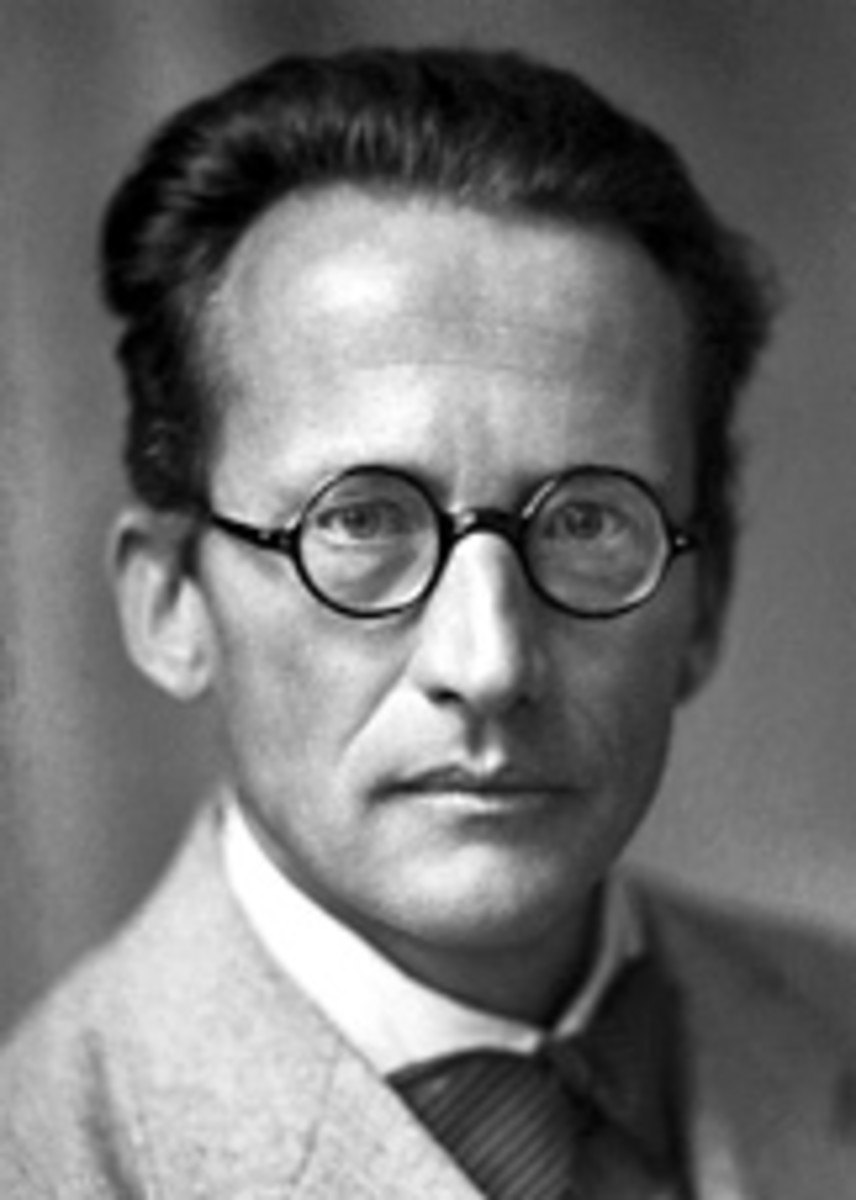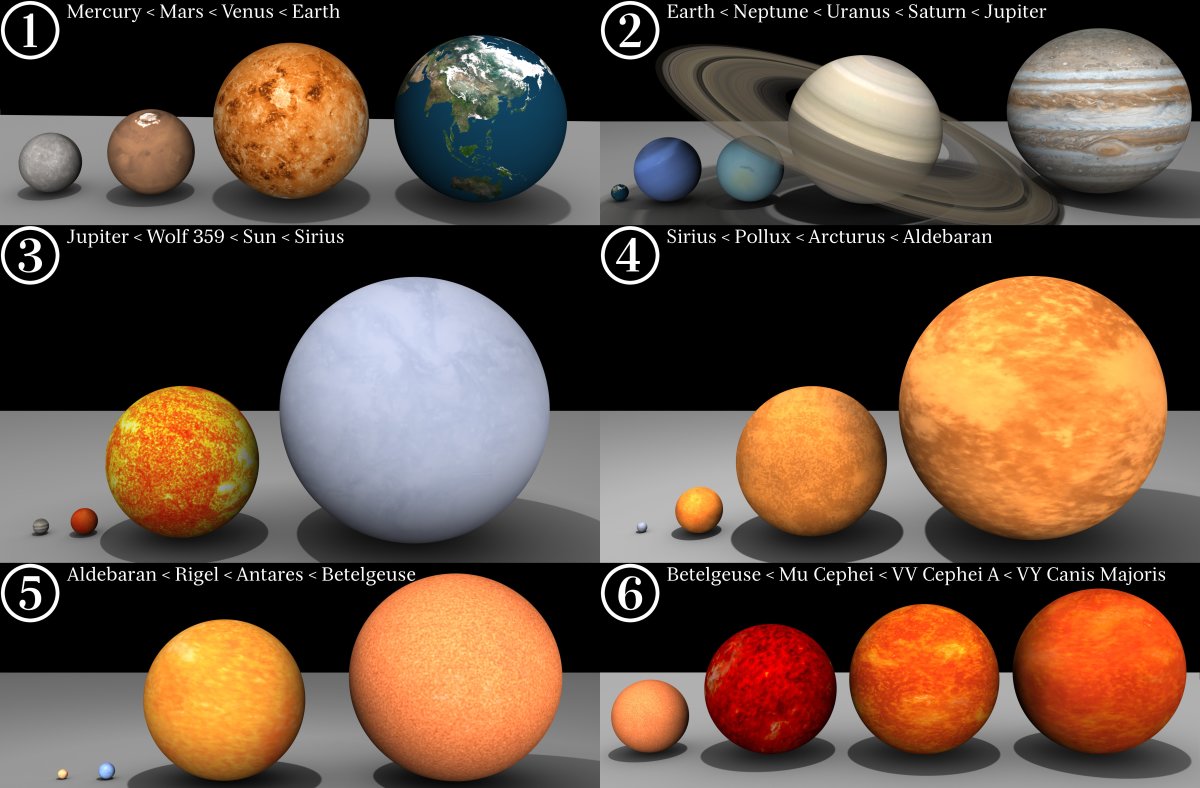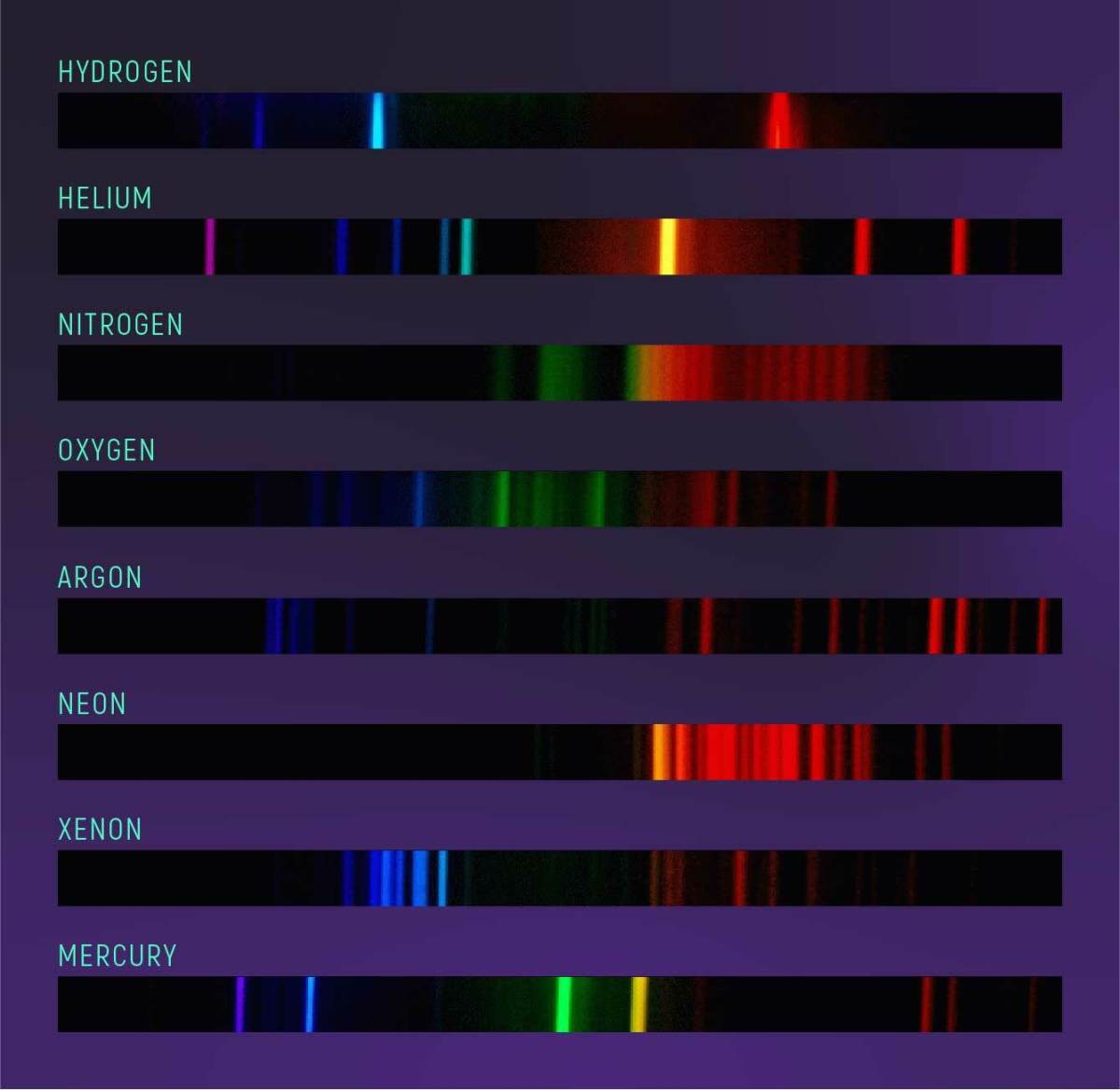Nobel Prize Physics 2008
Nobel Prize
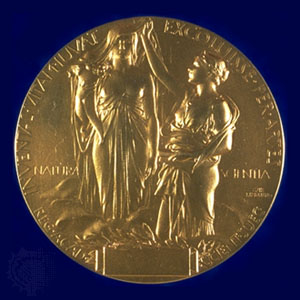
Nobel Prize Physics 2008
On 7th October 2008, The Royal Swedish Academy of Sciences decided to award Nobel Prize in Physics for 2008 by giving one half to Yoichiro Nambu of the Enrico Fermi Institute at the University of Chicago to the study "for the discovery of the mechanism of spontaneous broken symmetry in subatomic physics" and the other half to 2 Japan scientist Makoto Kobayashi of High Energy Accelerator Research Organization of Japan (KEK) and Toshihide Maskawa of Yukawa Institute for Theoretical Physics at Kyoto University. They got the award “for the discovery of the origin of the broken symmetry which predicts the existence of at least three families of quarks in nature.” The awards were given to the scientist on 8th December 2008 in Switzerland.
Yoichiro Nambu Profile:
Born: 18 January 1921, Japan
Education: Graduated from Fujishima High School enrolled in Tokyo Imperial University
Institutions Served:
· Associate Professor at Osaka State University and later became Professor.
· Went to Princeton to Institute of Advance Study in New Jersey to study later moved to University of Chicago where he served as Professor.
· Currently he serves as Distinguished Service Professor at Emeritus at its Department of Physics
Laureates:
· In 1982 received US National Medal of Science
· In 1986 won Dirac Medal
· In 1994 he won J.J. Sakurai Prize
· In 1995 Wolf Prize in Physics
· In 2008 Nobel Prize in Physics
His Study:
Nambu formulated a mathematical description of spontaneous broken symmetry in 1960. It conceals nature order an apparently jumbled surface. His theory was useful in permeating the Standard Model of elementary Particle Physics. The model unites 3 of the 4 natural forces namely Electromagnetic force, Strong Force, Weak Force and Gravitational Force and unifies the smallest building block of all matter. His study also includes the discovery of dual resonance model of mesons that could be proved as a quantum mechanical theory of strings. He is one of the cofounders of String Theory. The Nambu-Goto Action in String Theory is named after himself and Tetsuo Goto. He proposed the color charge of quantum chromodynamics and has done early work on spontaneous symmetry breaking in Particle Physics.
Makoto Kobayashi Profile:
Born: 7th April 1944
Education: Ph. D at Nagoya University Japan
Institutions Served:
· He started as Research Associate at Kyoto University in 1972.
· Later moved on to National Laboratory of High Energy Physics in 1979 to serve as Assistant Professor and in 1989 he became Professor and the Head of Physics Division II
· Joined KEK as Head of Physics Division II and Professor of the Institute of Particle and Nuclear Science in 1997 and 2003 he became the Director of Institute of Particle and Nuclear Science and in 2004 he became the Trustee of the Institute.
· In 2006 he became the Professor of Emeritus of KEK
Accolades:
· Won Sakurai Prize in 1985
· In 1985 won Japan Academy Prize
· In 1995 he won Asahi Prize
· High Energy and Particle Physics was awarded to him by European Physical Society in 2007
· In 2008 he won the Nobel Prize
Toshihide Maskawa Profile:
Born: 7th February 1940, Japan
Education: Graduated from Nagoya University and received Ph. D from the same University in 1967
Institutions Served:
· Started his Career at Nagoya University
· Currently Serving as Professor in emeritus of Kyoto University and Professor of Kyoto Sangyo University.
Accolades:
· In 1985 won Sakurai Prize
· In the same year he won Japan Academy Prize
· In 1994 he won Asahi Prize
· Won Nobel Prize in Physics in the year 2008
· He is well known for this work on CP violation. In 2006 his article “CP Violation in the Renormalizable Theory of Weak Interaction” written along with Makoto Kobayashi is the most cited high energy Physics Paper of all time. In 1973, The Cabibbo-Kobayashi-Maskawa matrix, defines the mixing parameters between quarks, was the result of this work on journal Progress of Theoretical Physics.
The work by Makoto Kobayashi and Toshihide Maskawa:
The spontaneous broken symmetry that was studied by Nambu, differ from work on broken symmetries that was described by Kobayashi and Maskawa. The spontaneous occurrences existed in nature since the beginning of the universe and surprised by the appearances in the particle experiment in 1964. Only in the recent years the scientist confirmed the explanations that were given by Kobayashi and Maskawa derived in 1972. They proved with their theory within the framework of the Standard Model, but the model had to be extended to three families of quarks. These hypothetical quarks had appeared recently in physics experiments.
In 2001 the particle detectors at BaBar at Stanford USA and Belle at Tsukuba, Japan both detected the found the broken symmetries independently. The outcome of the experiment was same as that of the prediction made by Kobayashi and Maskawa made thirty years ago.
Fourteen billions years ago, similar kind of unexplained broken symmetry lies behind the very origin of the cosmos in the Big Bang. According to this theory if there is an equal amount of matter and antimatter are being created then they would annihilate each other. Our cosmos survived just because there was a small amount of deviation of one extra particle of matter for every 10 billions of antimatter. The reason behind the deviations is still a mystery for the scientists.
Nobel Prize for Physics in 2007
The Nobel Prize for the year 2007 was awarded to Albert Fert (France) and Peter Grünberg (Germany) who independently found a total new effect in Physics called Giant Magnetoresistance or GMR. According to this theory, very weak magnetic changes would give rise to major differences in the electrical resistance in a GMR System. It can be used to read the data from the hard disks where the information is being registered magnetically which has to be converted to electric current.
Nobel Prize for Physics in 2006
The Nobel Prize for the year 2006 was given to John C. Mather of NASA Goddard Space Flight Centre andGeorge F. Smoot, Professor of Physics at University of California, Berkeley. They were awarded "for their discovery of the blackbody form and anisotropy of the cosmic microwave background radiation". The work was based on the infancy of the Universe and made attempts to gain some understandings of the origin of galaxies and stars. The study was based on the findings from the COBE Satellite launched by NASA in 1989. John Mather done experiments that revealed the blackbody form of microwave background radiations that were measured by COBE and George Smoot measured the small variations in the temperature of the radiations.

